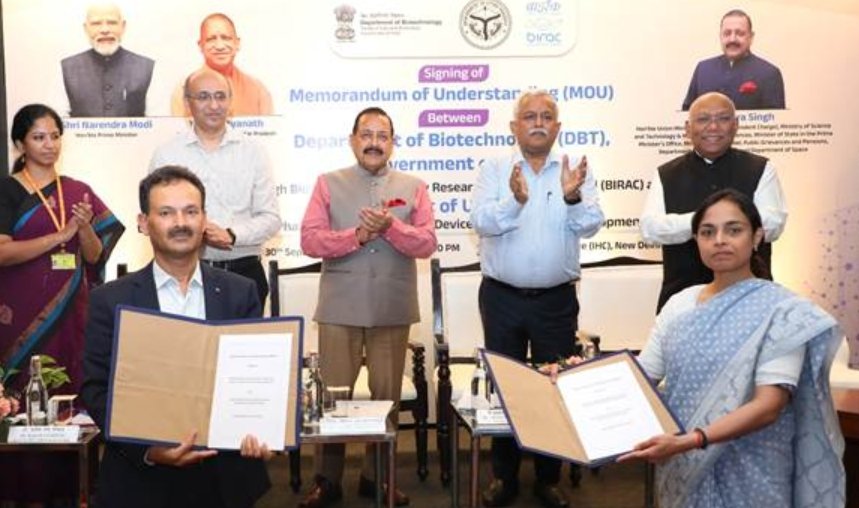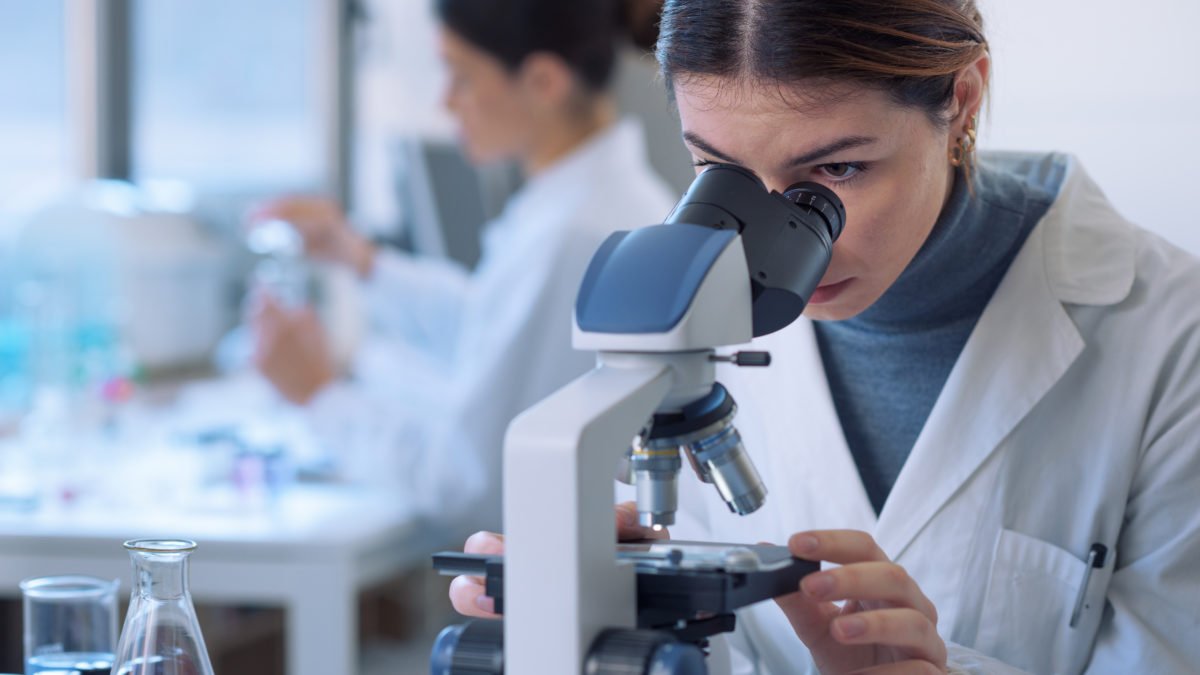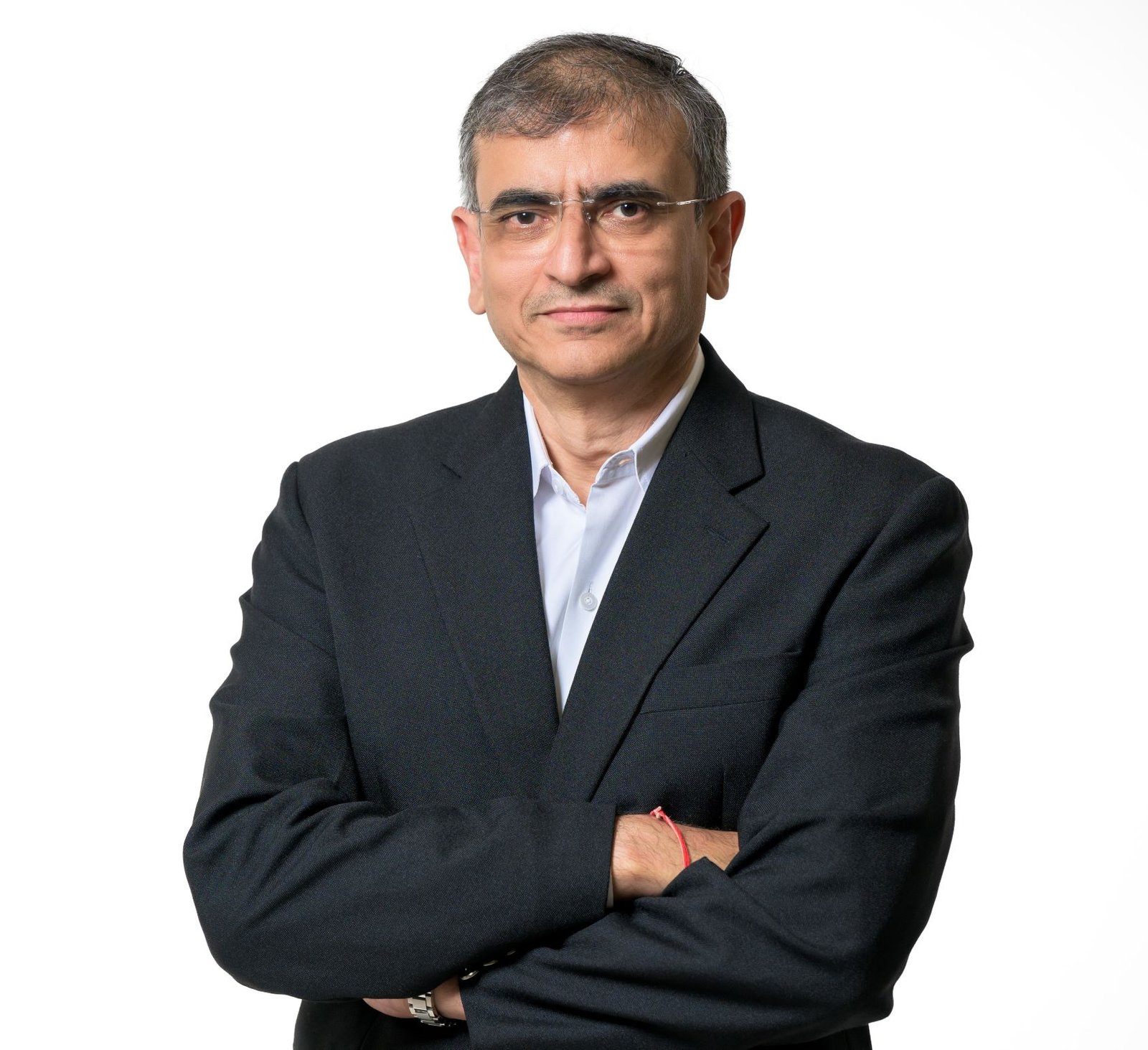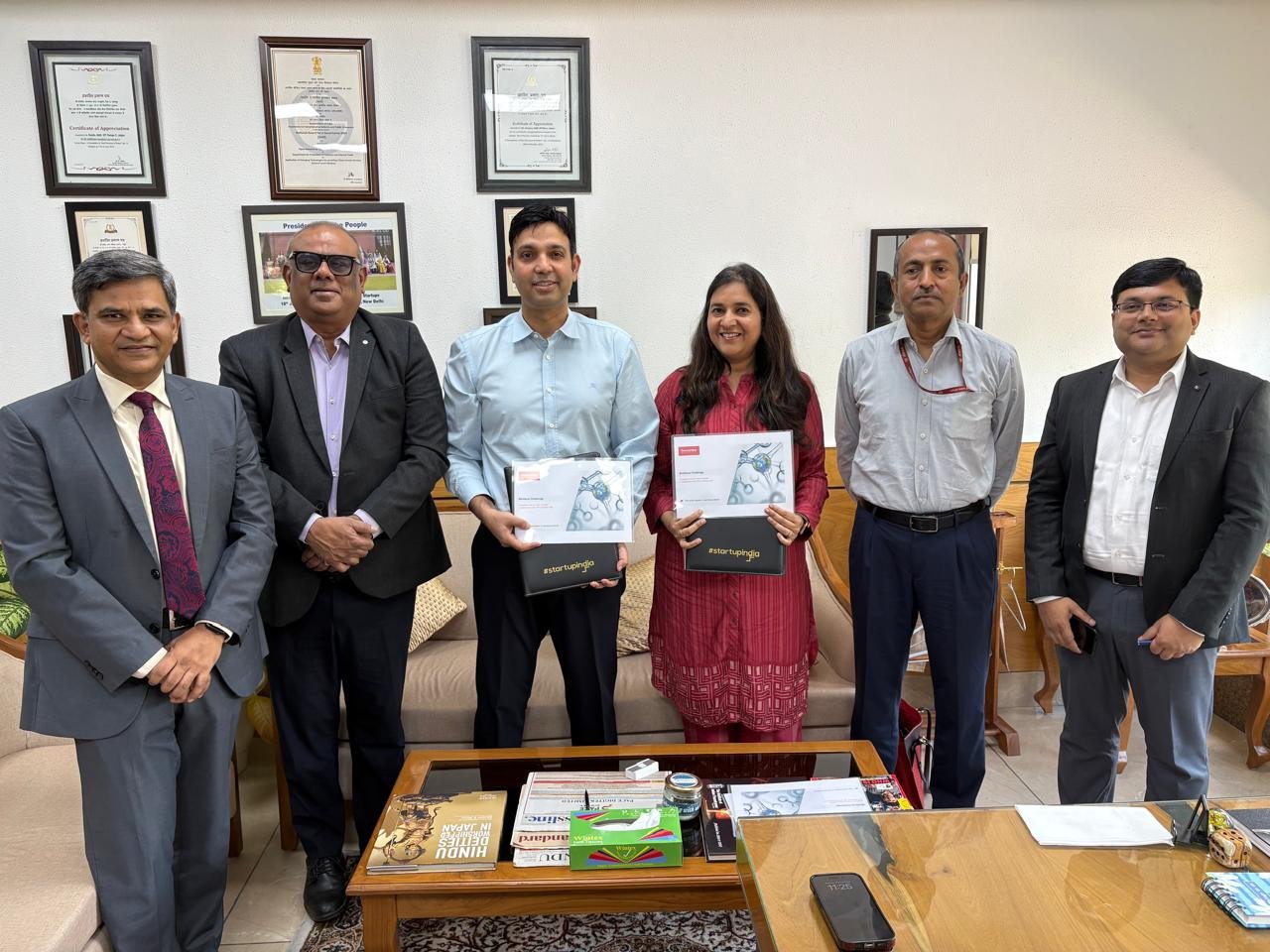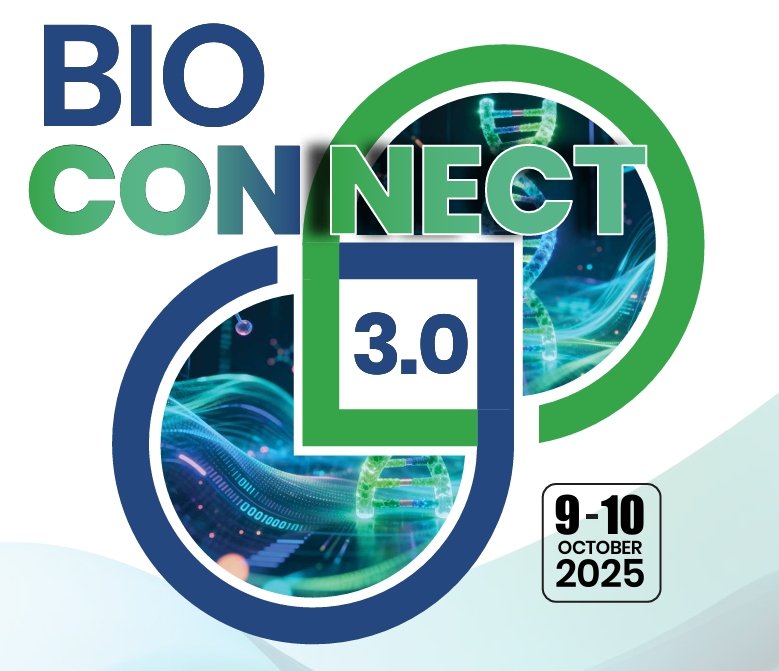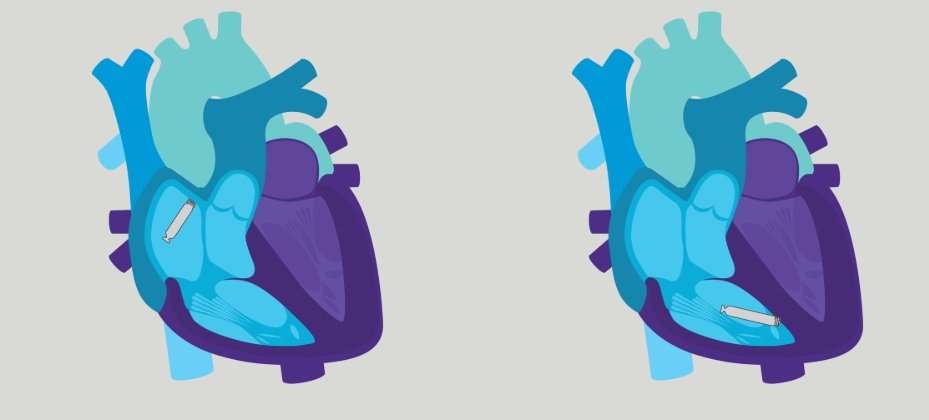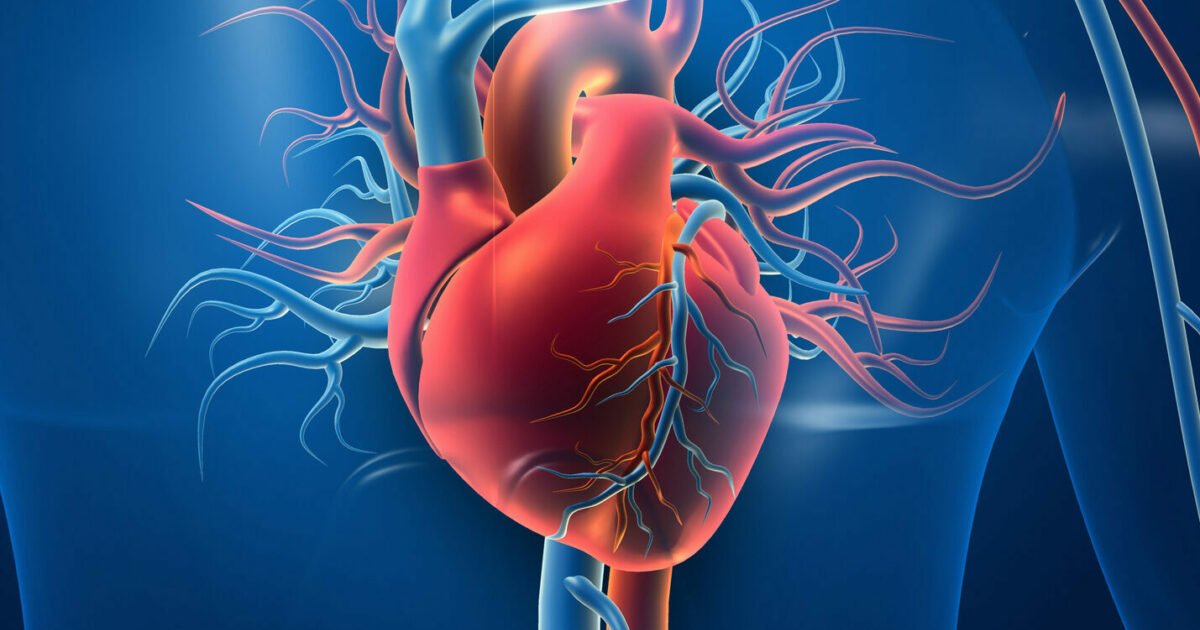Vaccine majors drive business
July 08, 2009 | Wednesday | News
Vaccine
majors drive business
The biotech industry’s growth momentum slowed down in
2008-09. The overall prevailing economic conditions forced several
companies to slow down their activities. The sudden change in the
investment environment was also a major deterrent. However, the Indian
players managed to wade through this crisis focusing on leveraging
their strengths and relationships.
 Biopharma relying on
exports
Biopharma relying on
exports
The BioPharma segment consolidated the exports business. Exports
accounted for over 68 percent of the total industry. And the vaccines
business is the largest contributor to the BioPharma sector with 46
percent share and revenues of Rs 3,587 crore. The therapeutics business
accounted for 37 percent share, recording 26 percent growth compared to
the previous fiscal’s business of Rs 2484.90 crore. Statins
and insulin were the major market segments in the therapeutics
business.
Pune-based Serum Institute of India was the top biotech and Biopharma
company in India with Rs 1,114 crore in revenues in 2008-09. It is the
largest vaccine manufacturer in the country. Founded in 1966, Serum
Institute of India produces and supplies low-cost, life-saving vaccines
for children and adults and is also the world’s largest
producer of measles and diphtheria-tetanus-pertussis (DPT) vaccines. An
estimated two out of every three immunized children in the world have
received a vaccine manufactured by the Serum Institute.
Serum is working on several interesting areas. It has entered into a
unique partnership with Syracuse University, a private research
institute based in New York, to make life-saving vaccines accessible to
children living in some of the most impoverished areas of the world.
The institute awarded $250,000 to a team of SU researchers led by
Robert Doyle, assistant professor of chemistry in the College of Arts
and Sciences, to develop new oral vaccines against tetanus and
rotavirus, a severe form of diarrhea that affects infants and young
children worldwide. It has been commissioned by WHO to develop the
vaccines against the latest strain of H1N1 too.
Biocon with BioPharma revenues of Rs 912.34 crore was the second
largest player and is the leader in the therapeutics segment. After
divesting its enzymes business a few years ago, Biocon has developed a
very rich pipeline of bio generics, which includes insulins,
biosimilars and monoclonal antibodies. It also received regulatory
approval in India for Glargine, a very important drug for the insulin
segment.
Panacea is the third largest player in the BioPharma segment. The top
three players collectively accounted for a third of the total BioPharma
business in the country. The top 20 players in fact accounted for close
to 60 percent share of the market.
Biogenerics are now being seen as a major opportunity for most of the
companies in India as Europe has issued guidelines for four biosimilar
products including insulin. In the US, product-wise guideline has not
been issued by the USFDA . The biosimilars bills have been proposed for
discussions in the house and one of them calls for a five-year
exclusivity and it gives opportunities of both having a biosimilar
molecule as well as a switchable bio generic molecule. And several
pharma companies in India are also eying this market opportunity and
finalizing their plans.
Bioagri records good
growth
The bioagri sector consolidated its domestic business and grew by 34
percent to Rs 1,494 crore. India today is a global powerhouse in
cotton. This has been possible because of the introduction of Bollgard
Bt cotton. India’s cotton production has increased to 29.5
million bales in 2008-09, after touching an all-time high of 31 million
bales in 2007-08, and up from 16 million bales in 2001-02. In 2007-08,
India also earned export revenue of US $2-3 billion from export of 10
million bales of cotton (India was a net importer in 2001).
Within six years of introduction of Bollgard Bt cotton in 2002, India
has become the world’s second largest producer and second
largest exporter of cotton.
Mahyco Monsanto Biotech (MMB), a 50:50 joint venture formed between
Monsanto Holdings and Mahyco in 1998, is the key licensor of Bt cotton
technologies like Bollgard (single-gene technology) and Bollgard II
(double-gene technology) to Indian farmers.
MMB has sub-licensed the Bollgard technology to 23 other Indian seed
companies, each of who introduced the Monsanto gene into their own
germplasm. Currently, sold in nine states in India, farmers have a
choice of over 200 Bollgard II and Bollgard Bt hybrids, in addition to
non-bt hybrids and varietal seeds.
Approximately 4 million farmers cultivated Bollgard Bt cotton seeds on
76 percent of India’s total 225 lakh cotton acres in 2008, up
from 72,000 acres in 2002 (Source: MMB).
India is now witnessing a second wave of Bt cotton and farmers are
upgrading to the superior Bollgard II technology that gives better pest
protection against bollworms and spodoptera caterpillar, and higher
yields. Meanwhile Bangalore-based Metahelix has also got approval for a
new Bt Cotton technology.
Tamil Nadu-based Rasi Seeds was the top BioAgri company with Rs 375.59
crore in revenues registering 28 percent growth compared to that in
2007-08. Hyderabad-based Nuziveedu Seeds was the second largest player
with Rs 363.96 crore in revenues registering 25 percent growth, and
Mahyco grew 55 percent to Rs 211.12 crore. Top three players’
combined revenues were Rs 950.67 crore and accounted for 64 percent
share of the total BioAgri market. The top 10 players with Rs 1198.34
crore in revenues accounted for 80 percent share of the total BioAgri
market.
Ch Srinivas Rao



